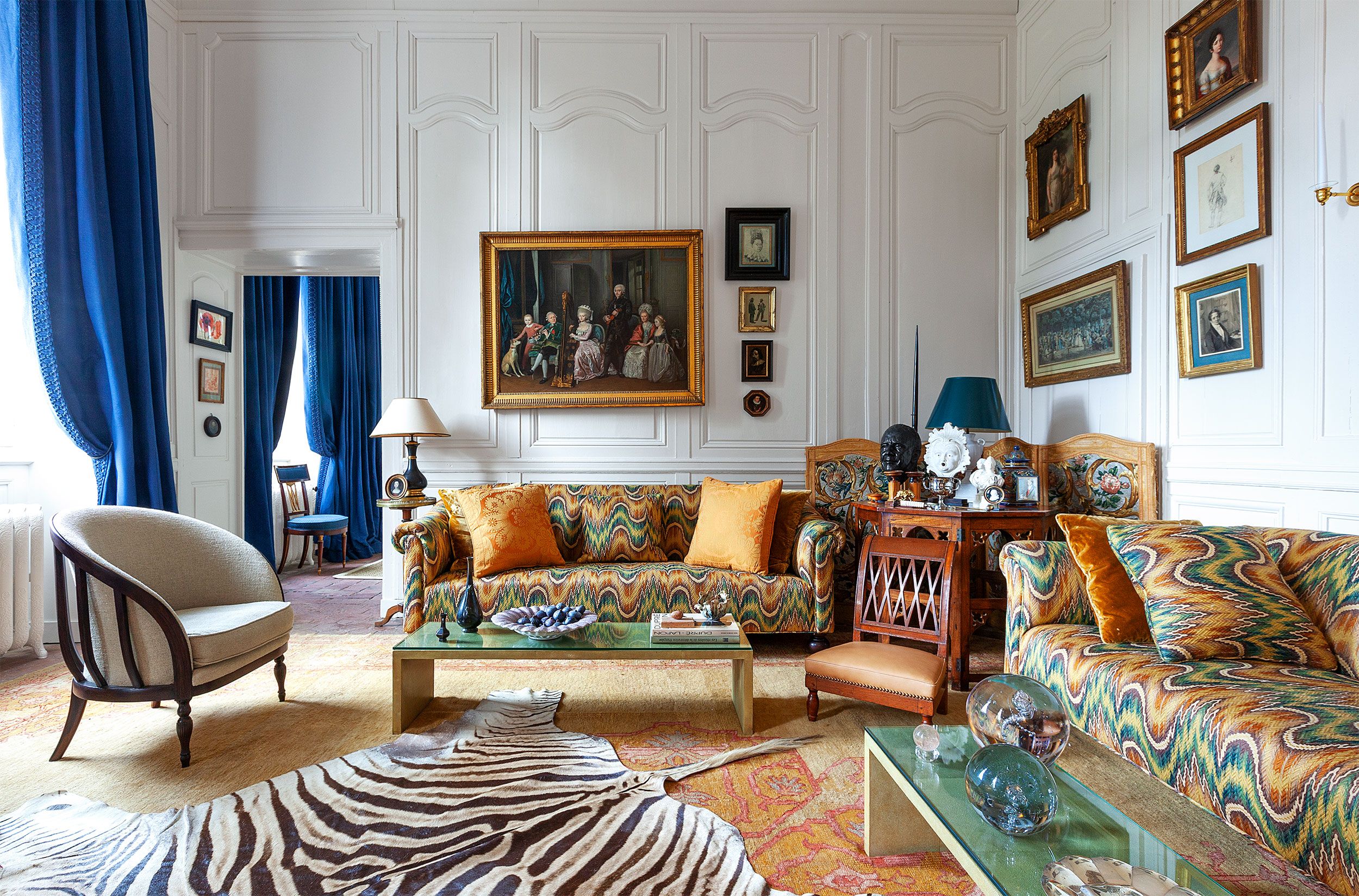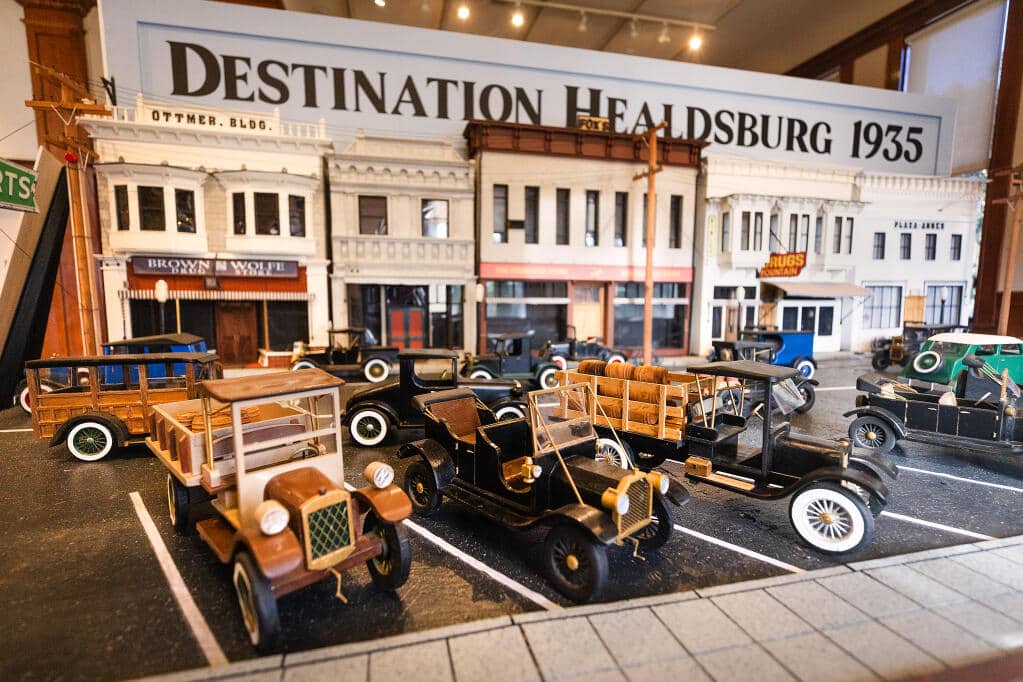
There’s something strange happening in design right now. For years, clean lines, muted palettes, and sleek, modern spaces have dominated everything from homes to hotels. The trend was all about stripping things down, keeping everything airy, effortless, and, honestly, a little impersonal.
But in 2025, that’s starting to shift. Antiques—pieces that tell stories, carry history, and bring a sense of warmth—are making an undeniable comeback. And it’s not just in the homes of people who’ve always loved vintage charm. Even die-hard minimalists are realizing that modern spaces need something unexpected to make them feel alive. That’s where antiques come in.
The Personality Crisis of Modern Minimalism
Minimalist spaces are undeniably beautiful. The crisp edges, neutral colors, and open layouts create a sense of calm that’s easy to love. But for many people, living in a home that feels like a blank slate has started to feel… empty. It turns out that stripping a space of “clutter” also strips it of personality.
That’s where antiques break the cycle. A century-old cabinet, a carved wooden dining table, or a gilded mirror doesn’t just add texture to a space—it gives it soul. These aren’t just objects; they’re conversation starters, fragments of history that make a home feel lived-in rather than staged.
In a world where so many interiors feel like they were designed by the same Pinterest algorithm, antiques offer something no mass-produced decor ever can: uniqueness.
The History of Owning an Antique
Bringing an antique into your home isn’t just about style—it’s about connection. Unlike new furniture that arrives in a cardboard box, antiques have lived through generations. They’ve been passed down, moved across cities and countries, and held stories that most of us will never fully know. That’s the magic.
Think about a 19th-century writing desk. Who sat at it? What letters were written there? What lives did it touch before it arrived in yours? That’s something modern furniture just can’t offer. It’s the difference between buying a new book and finding a well-loved copy with notes in the margins. One is fresh; the other is full of life.
The best part? Antiques fit seamlessly into even the most modern spaces. A sleek, all-white living room might seem like the last place you’d expect to find a French provincial armchair or an ornate gold frame, but that contrast is exactly what makes it work.
The richness of an antique softens the starkness of a contemporary room, balancing the new with the old in a way that feels intentional. Timeless traditional interiors aren’t about living in the past—they’re about making the past part of the present.
Why Nothing New Can Replicate Old Craftsmanship

There’s an honesty to antique furniture that’s hard to find in today’s mass-produced world. Before factory lines and assembly kits, furniture was built by hand, designed to last, and made with materials that are almost impossible to find today.
Solid wood instead of particleboard. Hand-carved details instead of machine-cut replicas. Brass fixtures that actually hold weight, not plastic imitations.
When you run your fingers across an antique dining table or sit in a hand-carved chair, you can feel the difference. These aren’t just objects—they’re proof of the time, effort, and artistry that once went into making everyday things beautiful. In contrast, modern furniture often feels disposable, built more for convenience than longevity.
The irony is that while today’s design trends lean heavily on “sustainability,” nothing is more sustainable than keeping furniture in circulation rather than constantly replacing it. Investing in an antique isn’t just about aesthetics—it’s about keeping quality craftsmanship alive and making sure history isn’t lost in a sea of cheaply made duplicates.
The Ultimate Statement: Curated Fine Art Pieces
Nothing transforms a space like art. While contemporary prints and digital canvases have their place, there’s an undeniable richness to collecting antique or historic artwork. Like Renoir, Churchill, or John Atkinson Grimshaw original paintings for sale—finding and procuring these fine art pieces instantly changes the room’s aesthetic. It’s not just about decoration; it’s about bringing a sense of depth and sophistication into a home.
An oil painting from the 1800s doesn’t just sit on a wall—it commands attention. The brushstrokes, the patina, the depth of color that only age can create—all of it contributes to something greater than just an image. It creates a mood, a focal point, a reminder that art doesn’t have to be trendy to be powerful.
And the best part? It doesn’t need to match anything. That’s the beauty of antique art—it stands on its own. A moody landscape in a modern dining room, a classical portrait in an industrial loft—those juxtapositions are what make spaces feel designed rather than just decorated.
The Imperfections That Make a Home Feel Real
One of the biggest reasons antiques are winning over even the most committed minimalists is their imperfections. Modern design often leans on clean, flawless surfaces—glass, marble, and high-gloss finishes. But perfection can be cold. Antiques bring in the opposite.
A scuffed leather chair, a dining table with visible hand-carved marks, a dresser with slightly worn edges—these aren’t flaws. They’re proof of life. They make a home feel human, layered, and full of stories. That’s what people are craving now. A house that looks “finished” might be impressive, but a house that looks lived-in feels like home.
Mixing Antiques with Modern Design (and Why It Works)
There’s a misconception that to love antiques, you have to love traditional design. That’s not true. Some of the best-designed spaces today mix old and new in ways that feel completely fresh. A mid-century modern home with an antique Persian rug. A minimalist bedroom with a centuries-old armoire. A sleek kitchen with vintage copper cookware hanging on the wall.
The key is contrast. Pairing an antique with modern elements keeps it from feeling like a museum piece. It turns it into a statement. And it’s not just furniture—vintage glassware, old books, and antique lighting fixtures all have a way of warming up even the most contemporary spaces.
Why the Future is Old
In a world where everything moves fast, where trends change overnight, and where so much of what we buy is designed to be temporary, antiques offer something different. They bring permanence. They carry history. They remind us that beauty isn’t always about what’s new—it’s about what lasts.
Antiques aren’t making a comeback because they were ever truly gone. They’ve just been waiting for people to remember that homes should feel lived-in, not staged. And in 2025, more people than ever are realizing that the best way to make a space feel personal is to fill it with pieces that have already lived full lives of their own.
